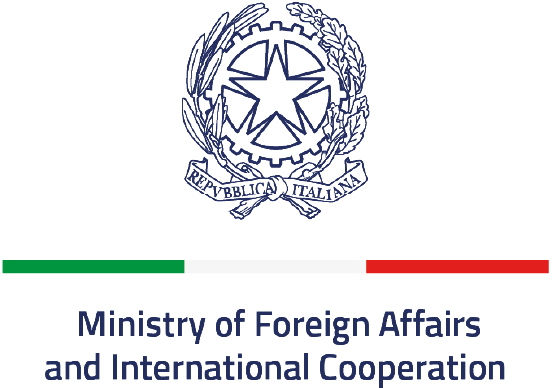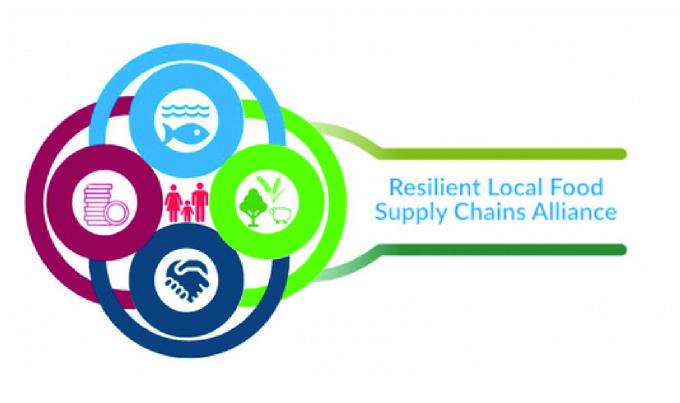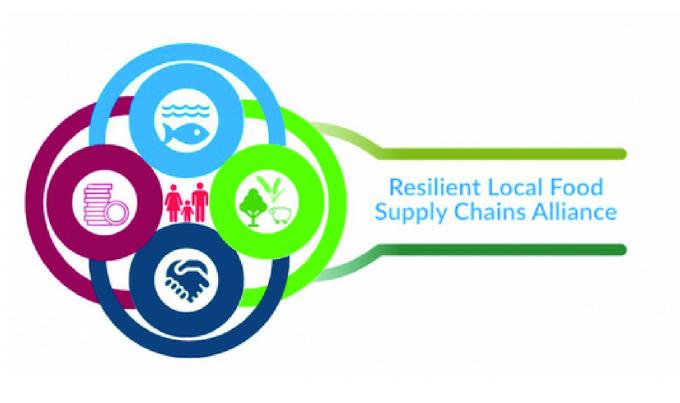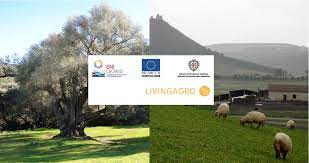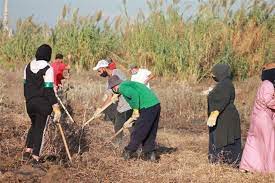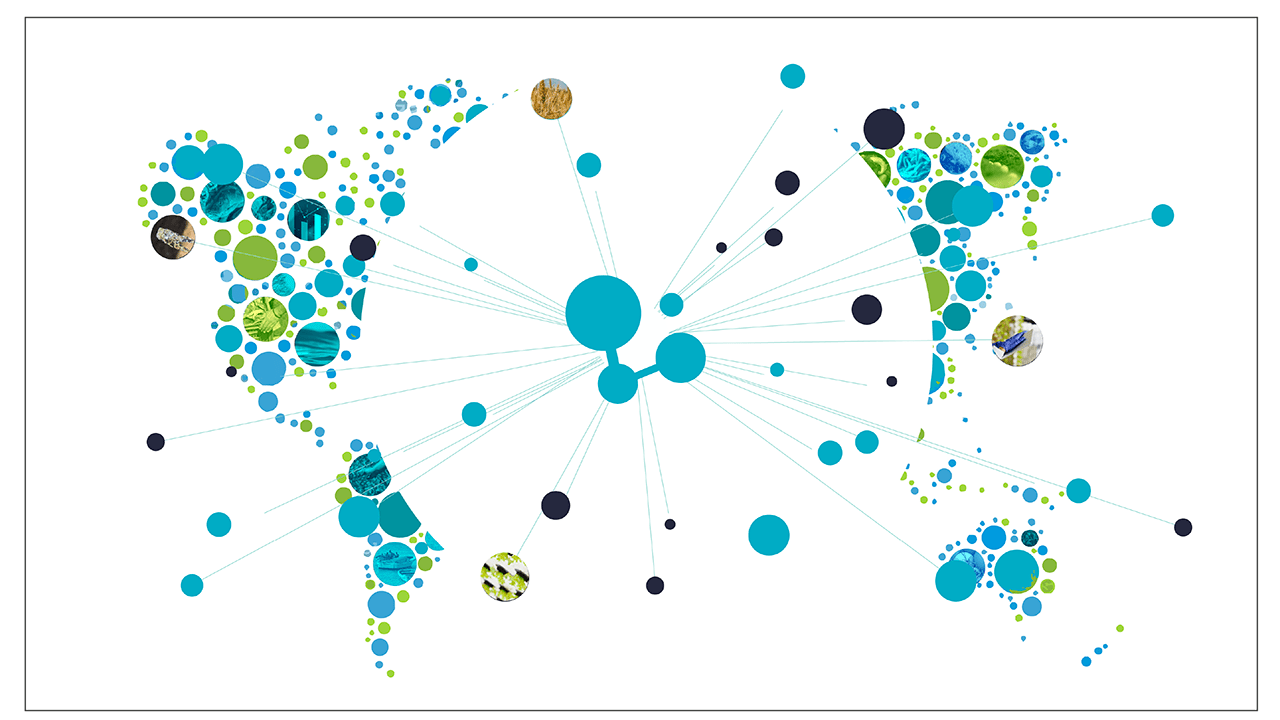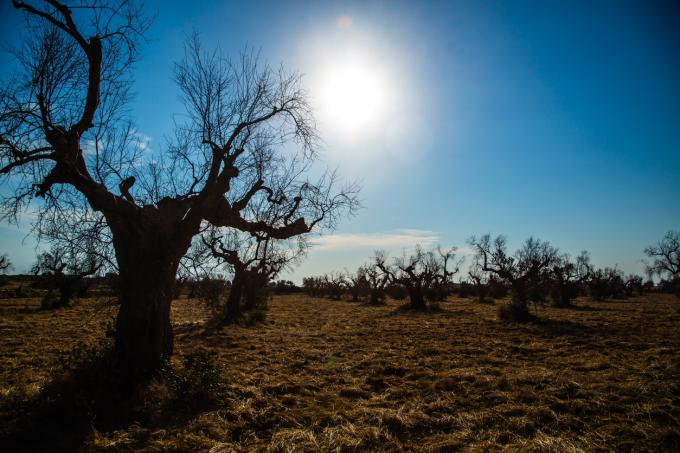STORIES
Climate Migration: The Overlooked Crisis
Coastal erosion, desertification, droughts, and floods are reshaping entire regions, forcing people to move not because of war, but because survival is no longer possible where they live.
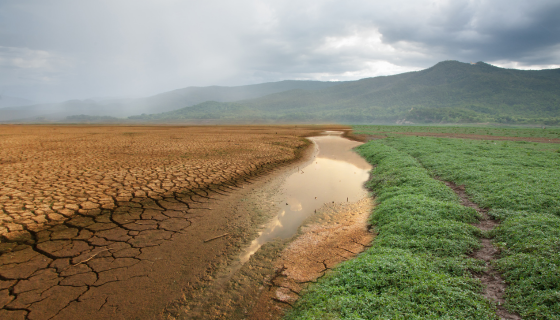
In a world gripped by conflict and displacement, climate migration remains an underestimated crisis. Wars and political upheaval dominate the refugee debate, but millions are forced to flee each year for an entirely different reason: their land is becoming uninhabitable. Western nations, often the destination for refugees and asylum seekers, tend to view climate migration as a less pressing issue. This bias is embedded in legal frameworks. The 1951 Geneva Convention, the cornerstone of international refugee law, does not recognize climate as grounds for asylum. As a result, millions of climate refugees find themselves in a bureaucratic limbo—displaced but legally invisible. Yet the numbers tell a different story. Climate change is accelerating displacement at an alarming rate. A World Bank report estimates that by 2050, 216 million people could be internally displaced due to environmental degradation, with Sub-Saharan Africa, South Asia, and Latin America bearing the brunt. Coastal erosion, desertification, droughts, and floods are reshaping entire regions, forcing people to move not because of war, but because survival is no longer possible where they live.
Climate migration is often indistinguishable from economic or conflict-driven migration. In many cases, it fuels instability, exacerbating existing ethnic, political, and social tensions. Climate change acts as a “crisis multiplier”—tightening resource competition, worsening living conditions, and ultimately pushing societies toward collapse. Syria provides a stark example. Before civil war broke out in 2011, the country faced one of the worst droughts in its history. Hundreds of thousands of farmers, unable to sustain their livelihoods, migrated to urban centers, intensifying social and economic pressures. Gaza presents another case: large swathes of the territory have been rendered unlivable due to sustained bombardment and infrastructure destruction. In East Africa, desertification and drought are emptying rural areas, swelling the slums of Nairobi and Addis Ababa. For many, migration does not stop at the city limits—those who find no economic prospects embark on perilous journeys across the Sahara or the Mediterranean in search of a future.
If climate change is driving migration, the only solution is to address it at its source. Making vulnerable regions more resilient is the most effective way to curb forced displacement. One critical tool is the deployment of Early Warning Systems (EWS), which provide climate information services that can be translated into agro-advisory programs. By guiding farmers on when to plant, what crops to use, and how to manage soil moisture, these services help mitigate climate risks and sustain agriculture in fragile environments. Social safety nets are equally essential. Risk management programs, tailored to the realities of climate-affected regions, provide farmers with buffers against economic shocks. Meanwhile, governments must take a macro-level approach, investing in research and development to address the effects of climate change. Strengthening technical capacity across sectors—from agriculture to private enterprise—will equip stakeholders with solutions to mitigate its impact.
Moses Odeke, Acting Head of Programs at Asareca Network and WATDEV project coordinator, describes climate migration in Eastern and Central Africa as both internal and external. “The first trend involves rural-to-urban migration, as people move in search of job opportunities or escape climate effects, either temporarily or permanently. The second is migration towards Europe, Asia, or the West in search of better livelihoods,” he explains. These migrations, he adds, are not sudden, but unfold gradually, as climate conditions deteriorate over time.
Some initiatives in East Africa suggest that reversing these trends is possible. In Western Uganda’s Kasese district, for instance, Asareca and Uganda’s Ministry of Agriculture have introduced virtual irrigation tools, already in use in over 24 countries, to help farmers manage scarce water resources. Devices such as the Chameleon Field Reader, which signals when to irrigate, and the Wetting Front Detector, which prevents over-irrigation, have helped local farmers adopt sustainable techniques. Other tools, like the Nitrate Strip Kit (for monitoring nutrient leaching) and the Chameleon EC Meter (for soil salinity assessment), have improved agricultural productivity and food security in the region.
These innovations demonstrate that adaptation is possible. Climate migration is not inevitable, but without proactive intervention, it will accelerate. The question is whether the world is ready to acknowledge it—not just as a consequence of environmental change, but as an issue of urgent geopolitical and economic significance.

